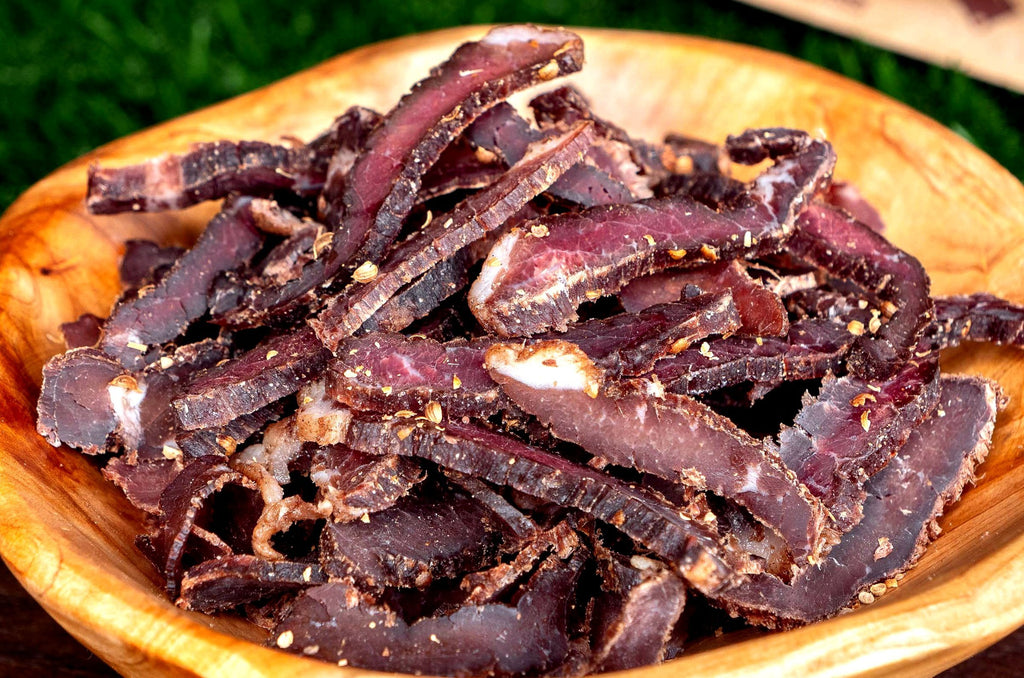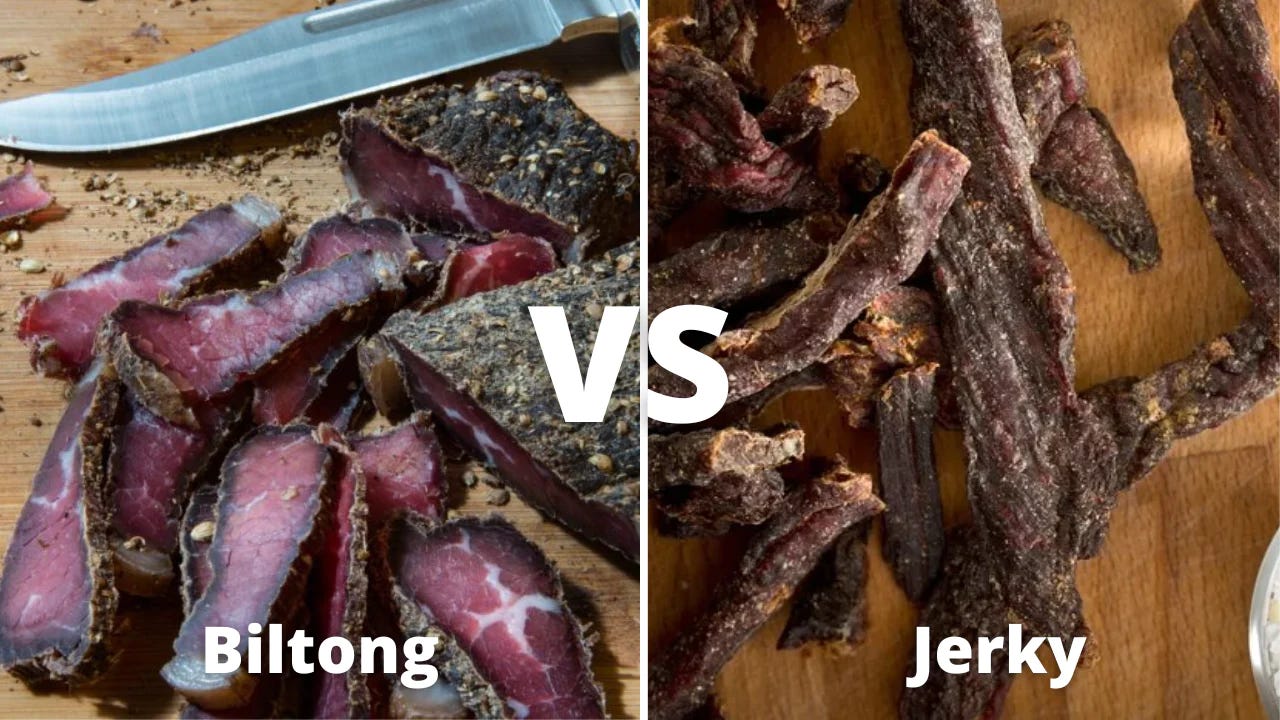The Art of Biltong
The Art of Biltong: A Namibian Culinary Delight
What is Biltong?
Biltong is a beloved Namibian snack that has gained popularity worldwide for its savoury flavour and chewy texture. Biltong is a type of dried and cured meat that is popular in Namibia and other Southern African countries. Made from dried and spiced meat, biltong is a staple in Namibian cuisine and is enjoyed on its own as a snack or added to dishes for an extra burst of flavour.
Biltong vs Beef Jerky, What's the difference
For a very long time, I thought that Biltong was also Beef Jerky. This was because I understood the concept of different regions having different types of English. For instance, in Southern Africa there is a vehicle which we call a 'bakkie' but in the Northern American region, it is called a pick-up truck, so that's what I started calling it. And because I have this habit of sometimes not using our regional English, I instead called Biltong Beef Jerky. Boy was I wrong. I came across a few sources which differentiated Biltong and Beef Jerky.
Ultimately, the best choice depends on your preference. If you like softer, more flavorful meat with a tangy note, biltong might be your pick. If you prefer a drier, intensely flavoured, and chewier snack, jerky might be the better option.
Spices Used in Biltong
The key to biltong's delicious flavour lies in its spices. The main spices used in biltong include coriander, black pepper, salt, and sometimes paprika or chilli powder.These spices are carefully blended and rubbed onto the meat before it is dried, giving biltong its distinctive taste. Of course, as always you could always experiment with different spices to your liking. There are also different store-bought versions with different spices that you could try out.
How is it made?
Biltong is typically made from lean cuts of beef, but other types of meat, such as game meat, ostrich meat, chicken, fish, or almost any meat really can also be used. The meat strips are marinated in a mixture of vinegar and spices. The spices commonly used in biltong include coriander, black pepper, salt, and sometimes other spices like paprika or chilli powder. The meat is left to marinate for several hours or overnight to allow the flavours to penetrate the meat. After marinating, the meat is hung up to dry in a well-ventilated area with low humidity for several days until it develops a crust on the outside while remaining moist and tender inside.
Once the meat is dried to the desired consistency, the meat is sliced thinly and can finally be enjoyed. Remember, the longer you leave it out to dry, the drier it becomes. I personally don't like my biltong too dry, I like it a little moist, this is called wet biltong and isn't left out to dry too much. Some people like it very dry though, I guess they like it as tough as leather.
You can also make your own Biltong at home. It isn't that complicated Making your own biltong at home is a fun and rewarding process. I haven't yet tried it but I have already watched a few videos on how to do it so I have an idea. When visiting Namibia, be sure to try all the different types of Biltong as there are many different kinds.
Biltong is a delicious snack that can be enjoyed on its own or incorporated into a variety of dishes. By making your own biltong at home, you can experience the authentic flavours of Namibia and enjoy this tasty treat anytime. There are also various types of Biltong that you can find in Namibia, from Droewors(Dry Sausage) to 'chilli bites' and many more. This could be a new topic I could cover in a new blog in the future. Be sure to stick around to find out.
Credits and Links:
Hover your cursor over the pictures. The sources and links will be provided once you do that.
Copyright Notice:
All content and images are copyright of their respective owners. If you believe any content has been used in error, please contact me for immediate removal.


.png?format=750w)




WOW!! This was an awesome read. I really did enjoy it and thank you for pointing out the difference between "biltong and beef jerky''. amazing work!
ReplyDeleteWow, thank YOU for reading! I'm so happy you enjoyed it and found the biltong vs jerky info helpful.
ReplyDelete